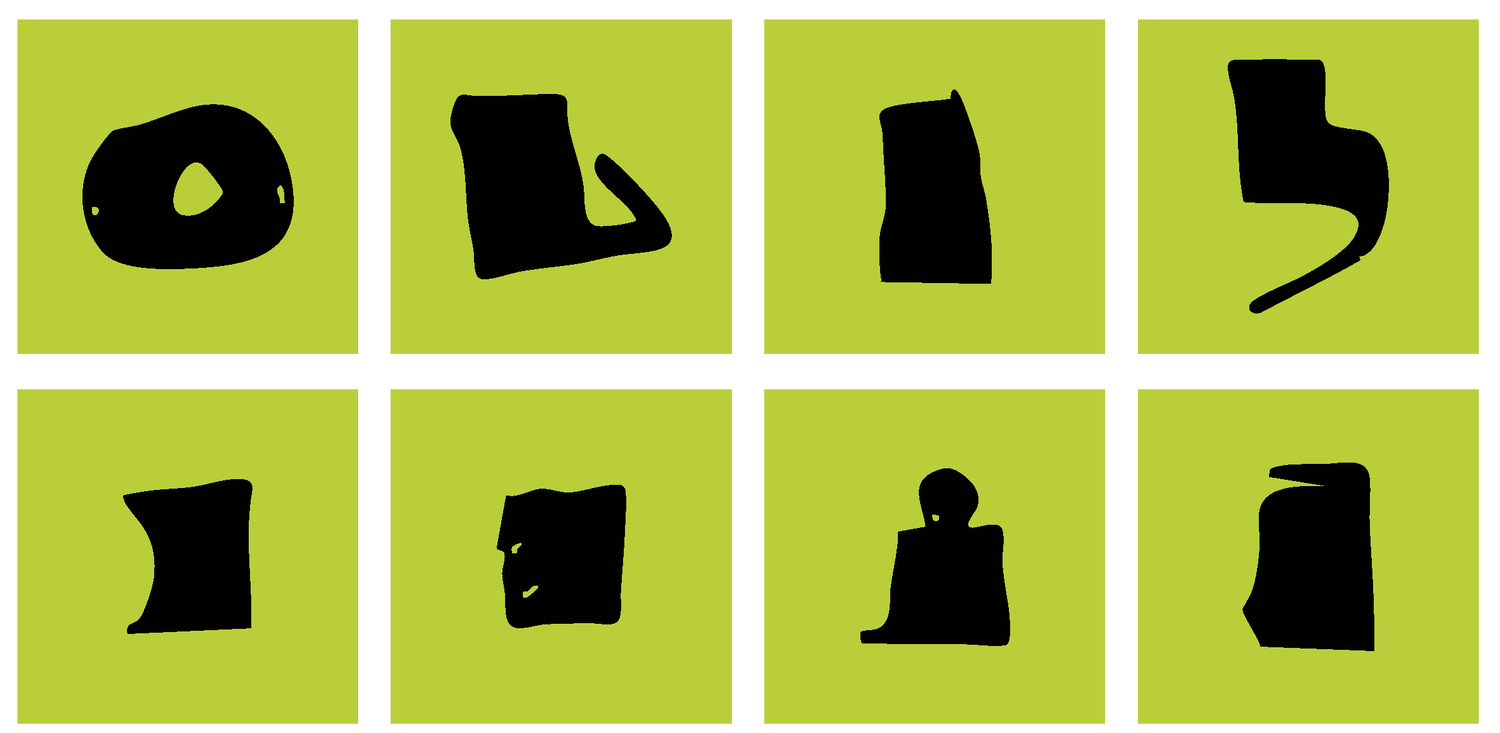art press | Bonus: The Oscillations of Neda Razavipour
At a time when the Musée d'Art Moderne de la Ville de Paris is presenting Unedited History, an exhibition dedicated to modern and contemporary art in Iran, we are pleased to present the most recent work of a young artist whom we featured in artpress2 No. 17, "Iran Unveiled by its Artists," May 2010.
Unstable balance is the theme of artist Neda Razavipour in her new work, Oscillation (Etemad Gallery, Tehran, 2014). For a whole week, the artist invites the public to an artistic performance that differs from her previous work, Self-Service (Azad Gallery, Tehran, 2009; Cité des Art, Paris, 2012), a happening that required audience participation. Here, the spectator is offstage, but is, in a way, facing himself. The artistic performance is charged with essential questions about the soul, time, and art, but it is also a critique of contemporary Iranian society and the violence with which it continues to destroy all traces of its history.
Oscillation deals with everyday life. A woman (the artist herself) is surrounded by tableware, rather precious: opaline, ceramic, porcelain, glass, crystal—things that are fragile, that break. The woman meticulously dusts the objects and places them in order in a chest of drawers. With the chosen objects, she creates an attractive display. Taking the trouble to arrange these objects, she sometimes sits down to drink tea, then resumes her work. In the background, a discreet but very present soundtrack anticipates the event: sounds of breaking, shattering, crashing. Indeed, after a long time, the woman closes the doors of the chest of drawers, lifts it, and tips it over. Boom! After so much effort to put things in order, chaos and destruction ensue. The broken pieces are picked up, what survived the fall is sorted and replaced among the dishes, the debris is delicately placed on large trays. And then the woman begins again. Day after day, she repeats the same action, the pieces piling up on the trays.
The repetition of this same action, quite insignificant, reflects the register of our own activities. We all have rituals we engage in, to fill time, to build our lives. But this construction is not always linear; there is failure, and sometimes self-destruction. Doesn't this destruction come from a lack of balance?
Balance is an ideal state, the center of gravity remaining fixed despite external forces. When external forces shift the center of gravity, the balance is broken, only to constantly reestablish itself on new bases; it is a continual struggle that keeps the subject in a transitional state, without direction or rest. Neda Razavipour's oscillations constantly build to deconstruct. It is an unstable balance.
Unstable equilibrium is a universal theme; we all experience imbalances. But in Tehran, the population is subjected to extreme forces that deny it any stability. An ultra-religious government, in opposition to the West, an unpredictable economy that sees its currency plummet by 400% in one day, and so on. The broken dishes accumulate throughout the performance, resonating heavily with the city's very deconstruction, a symptom of its collective instability. The demolition of the city's entire historical heritage is frenetic, and the vestiges of the past are wiped out. Without any remorse. The city abandons its memory, becomes amnesiac about its own history. This destruction is a political product. For thirty-five years, the Islamic regime has lived with the obsession of erasing all past. Iran's history is no longer transmitted; it is disappearing. As if the savage annihilation of collective memory were a political means serving total control of the population.
Ultimately, Oscillation produces works that reflect the aesthetics of waste. The aesthetics of ruins. What value should we give to the past? What value should we give to objects? What remains of the object after its destruction? The broken Iranian crockery trays are presented as relics to be preserved. For the artist, therefore, there is a legacy to consider.
